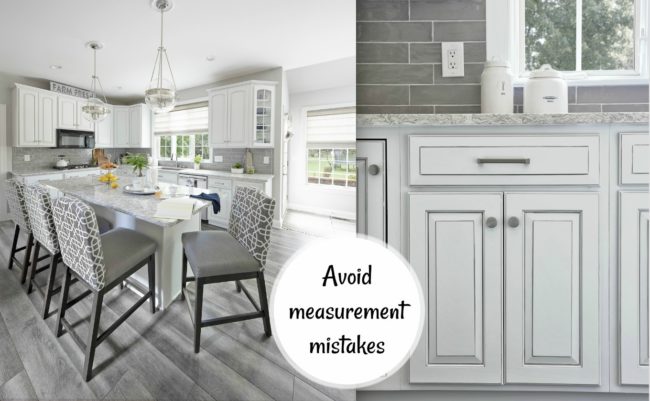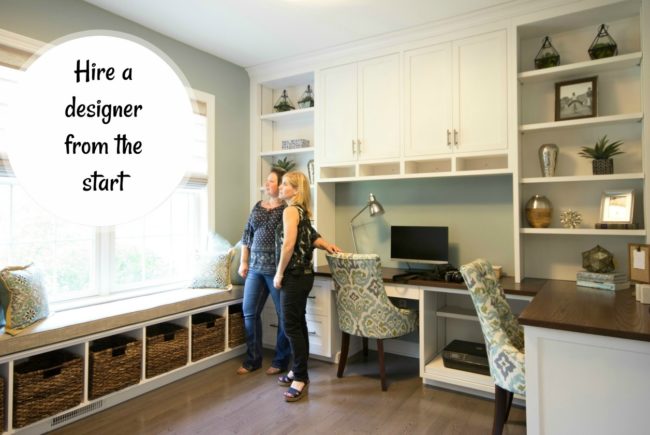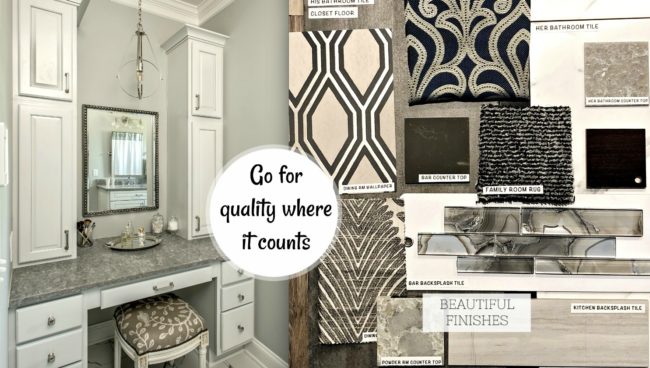It doesn’t matter if you are starting a small or large home renovation project; it can go well, or you can end up sharing with friends those conversations that start with “Oh no, you won’t believe what happened and what I am dealing with!” Renovations should improve the function and look of your house; allowing you to enjoy your home to the fullest, and once you are ready to sell, can increase your home’s value (yeah!) We have been assisting homeowners with their renovations for over ten years. We would like to share with your your biggest takeaways from our experiences:
Most importantly, before we tell all, we should add that all of those home renovations shows you see on television, make remodeling look easier and quicker than it typically is. HGTV is fun to watch, but the process is not very realistic. There is alot that goes into a renovation and mistakes can be costly!

1. Never Start Your Reno Blindly
Have a plan! Sounds like a sensible thing to do, but I have seen people just start gutting, tearing down wallpaper, and removing flooring without a plan in place and materials ordered. Preliminary planning is key to avoid costly mistakes down the road.

2. Avoid Measurement Mistakes
Measure once. Measure twice. Measure three times! Yep, if you are doing your own renovation without a contractor, and will be ordering flooring, tile, cabinets, or even paint, make sure you know the true measurements. If unsure, ask a professional before ordering the wrong amount of material.

3. Hire a Designer From the Start
You are about to spend a good amount of money for a renovation project. Get it done the right way by using an interior designer to:
*get the best aesthetic result
*be cost effective (there are a lot of decisions to be made that a designer can help with)
*get the work done on time (many designers have relationships with contractors throughout the project, so nothing falls through the cracks)
Don’t wait until after you have started the reno to hire one. Good designers typically have a waiting list. Also, having a designer review your plan and getting their input before any demo begins, can allow for changes to be made without overspending. Make sure they are listening to you and have your priorities in mind, and your aesthetic.

4. Pick the Right Contractor
Do not use the contractor who is giving you a great deal because they have a gap in their schedule. Instead, find a contractor who can work within your budget and timeframe. Contractors who typically work with an interior designer understand the importance of being client-oriented and offer homeowners the best quality.
Avoid the ‘never ending’ project. Have your contractor put in writing a time-line, so you know the steps of how the project will proceed and end. Make sure you know what materials need to be ordered so there is no time wasted for them. Also know when decisions have to be made by, so you don’t feel rushed to make decisions on such things like fixture selections, and have the contractor waiting on you (they might take on another job if not working on yours). Again, this is where hiring an interior designer will benefit you.

5. Set Your Cost Expectations
Most renovations cost more than expected. Allow for an extra 20 percent as a cushion to help offset building expenses. This also allows for possible upgrades and changes, like adding attic insulation, or a higher end appliance you decide is necessary.
Yes, unexpected construction happens. Renovating older homes can lead to unforeseen issues. For example, you do not know what’s behind that wall or ceiling you want to open up, or under a floor. Be prepared for the unexpected. Make sure your contractor examines the area you are working with before demo, in order to try and curb any issues as much as possible.

6. Visualize the New Footprint
Blueprints or sketches do not always allow you to visually understand the new lay out for a room. Use painters tape to physically map out a new kitchen; to see a new kitchen island length for example. Move furniture around to understand how things will fit. If you are getting a built-in with a television in it, move your seating around the custom piece. Cut a piece of cardboard to the size of your TV and tape it to the wall to figure out the height.
If you do not understand the plan and change your mind once it is in motion, it can cost you a lot of money. You would be surprised how many changes during a home renovation can be costly; even changing a light switch or floor vents can cost hundreds to thousands depending on what labor and material is needed.

7. Go for Quality Where it Counts
You get what you pay for. Don’t skimp on the quality of the items you touch every day, like cabinetry, faucets, handles, appliances, lighting, and core furniture pieces. Leave room in the budget for these important items. You will treasure them each day when you can see and feel them.

8. The Holy Binder
Ask for care instructions for any new appliances, countertops, flooring, and furniture. So helpful for day to day cleaning and if you spill something. Some cleaners will harm your carpets, upholstery, or countertops for example.
